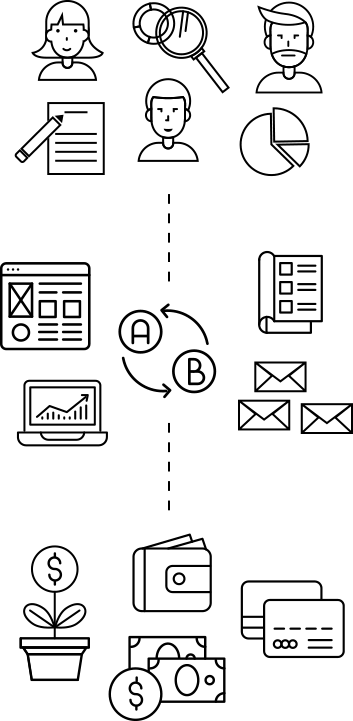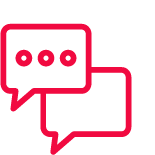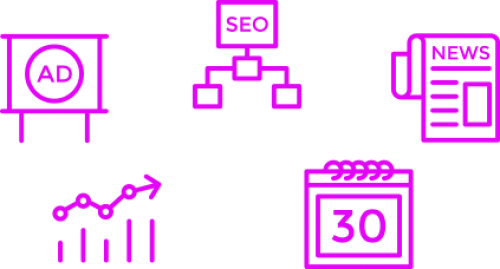Brookside
Studios
A digital agency, capable of anything.
A digital agency, capable of anything.

From social media to custom website software, we wrestle the confusing tornado of modern digital marketing to give you clear results. Ever since Al Gore started the internet we’ve been fine-tuning a no nonsense process designed to generate exceptionally custom marketing solutions. This process keeps our creativity in check and keeps you in the loop every step of the way.


Solutions


Web
Development


Brand
Development


Video
Production


Digital
Marketing


Email
Marketing


Social
Media
If the laws of CSS and JavaScript allow it, we can make it happen. There’s nothing we can’t do with a website if you have the inclination and necessary budget.


Everything we design is equal parts functional and aesthetics. Logos, websites, brochures, and everything in between are all designed for high-performance.


Instead of watching your competitors grow, get your customers watching you. Let us tell your stories with a little movie magic and watch the views come rolling in.


If digital marketing is like cooking, consider us Gordon Ramsay (but with less yelling). We can create a strategy and assemble all the ingredients to make an Instagram worthy meal.


The humble email has come a long way since AOL 4.O, which lets us set up fully-automated and super-targeted emails your customers can’t resist opening.


Like it or not, the world has gone social and there’s more to it than just posting a few times a week. To be engaging, an all-encompassing strategy is needed.


